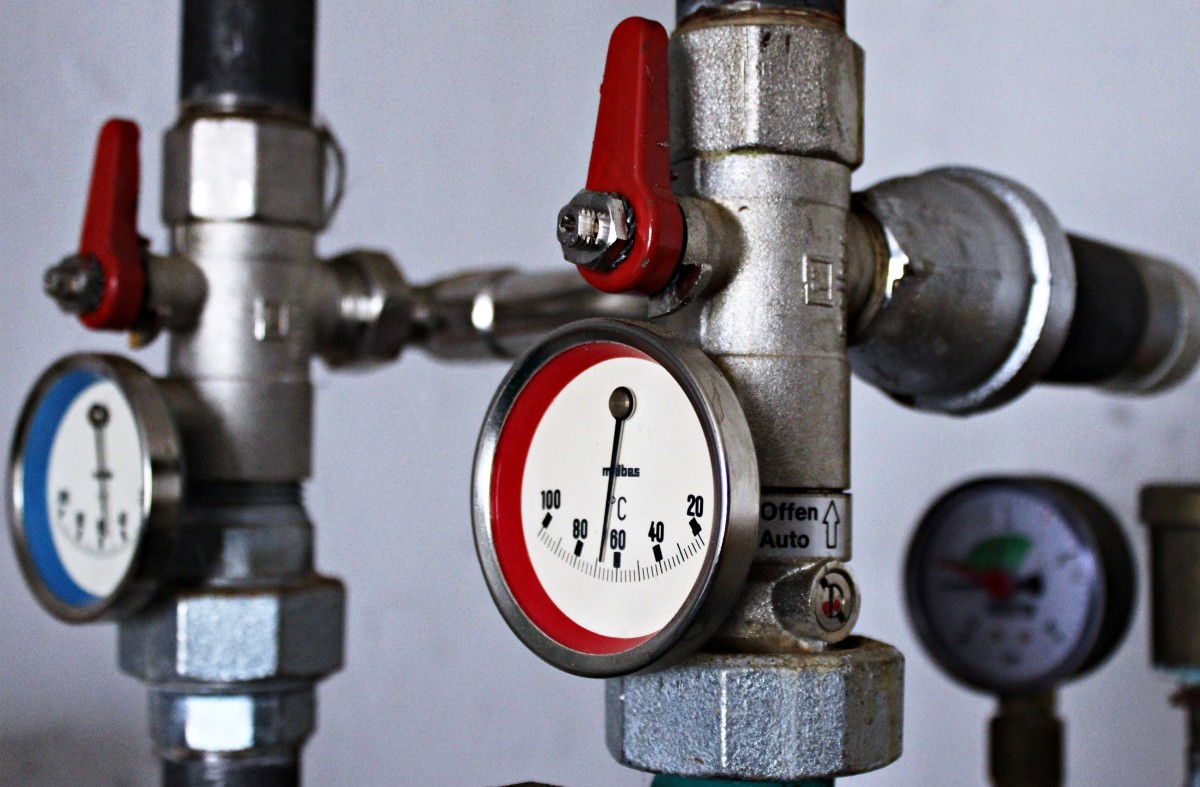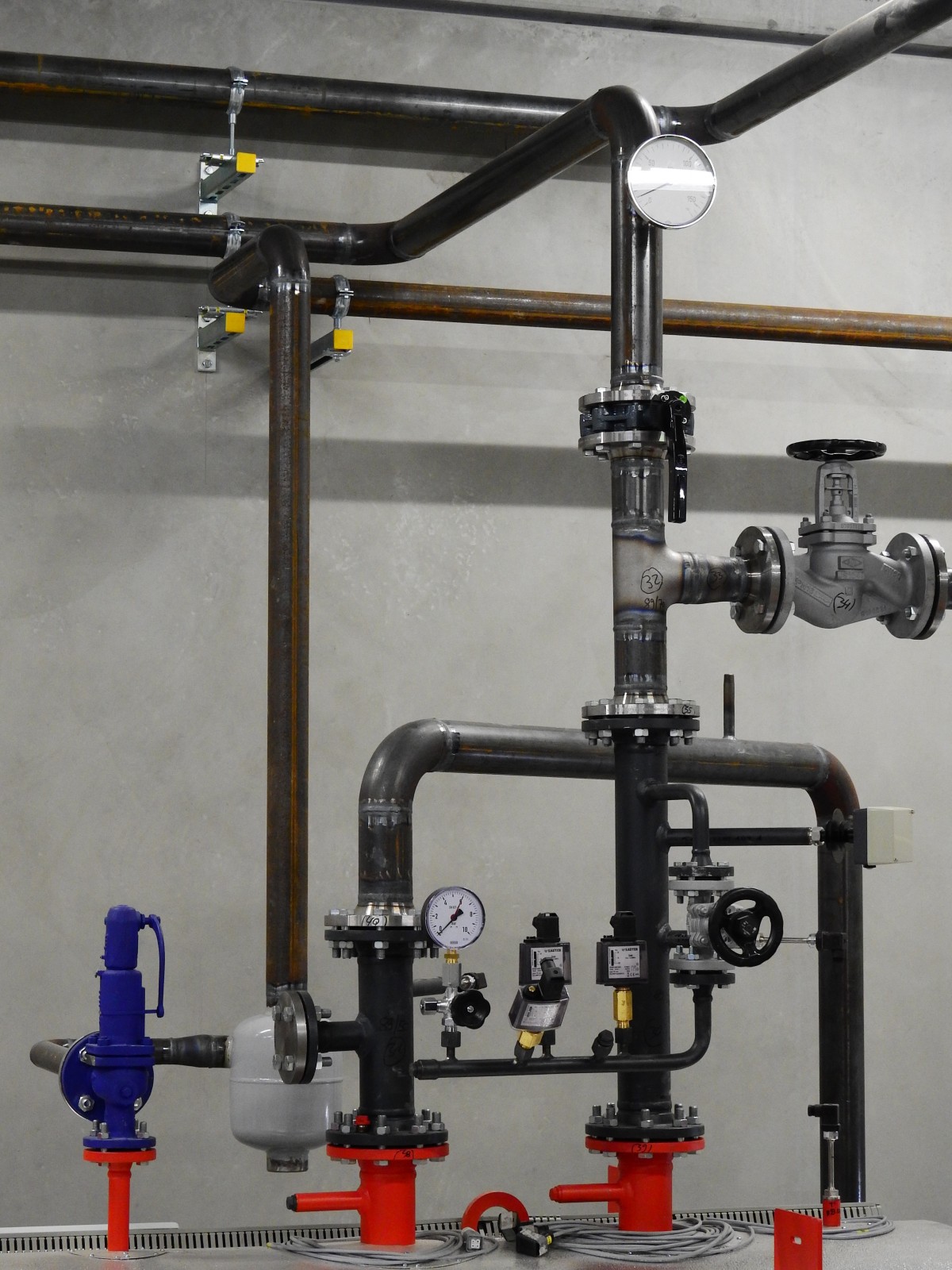Design features of safety valves
During the operation of pipelines, situations arise when excessive pressure occurs in the system. As a result, a relief safety valve is triggered, which reliably protects the equipment from mechanical damage. Pipeline fittings effectively ensure the release of excess gaseous, liquid or vaporous media from the working system.
The devices are widely used due to the simplicity of design, simple installation and maintenance, a variety of types, dimensions and design. They are indispensable in the operation of gas, water, steam, heating and technological networks for industrial and domestic purposes.
Purpose of the safety valve
Safety valves for pipelines are designed to effectively protect equipment in automatic mode from emergency changes in various operating parameters. Lever-load and spring valves of direct action are designed to protect the system from an emergency excess of pressure values in pipelines with various liquid and gaseous aggressive /non-aggressive media. The temperature of the working medium ranges from -110 0 C to +600 0 C.

Design features of the reinforcement
The design of safety valves includes two main components: a shut-off valve and a setpoint. The locking body consists of a special gate and a seat. As a setpoint, a lever-load or spring mechanism is used, which ensures the movement of the shutter.
A typical direct-acting spring valve is a shut-off valve consisting of a housing, a gate, a seat, a bellows and a special screw for adjusting the force of pressing the spool to the seat. In safety valves, the pressure of the medium is counteracted by the action of a compressed spring. Depending on the elasticity of the spring mechanism, the operating range of the device setting mode is determined. Due to the reliable design and simplicity of the design, the fittings are used in various engineering systems and low-power industrial installations.
The main types of safety valves
According to the principle of operation, the valve can be direct and indirect. Depending on the design and type of load on the spool , pipeline safety valves are:
- spring fittings;
- lever-load valves;
- lever-spring safety valves;
- magneto-spring valves.
The fittings are used for systems with hot water boilers, oil-containing tanks, process tanks and industrial pipelines.

Advantages of the safety valve
The safety valve has a robust housing, the design of which provides a high class of tightness. The best options for safety valves are presented on this website with the main technical characteristics. Spring type valves are used in systems with a pressure from 1.6 to 16 MPa at temperatures in the range -40 0 C-+425 0 C.
The products have the following advantages:
- simple design;
- convenient connection by means of flanges;
- prompt response to the slightest changes in the operating parameters of the system;
- use with different media: steam, air, gas, petroleum products, liquid;
- compact dimensions.
To limit the increase in the pressure of the working medium to emergency values, safety valves are used for pipeline systems. The new generation devices have high efficiency, fast response, simple design and reliability. The equipment has found application in high-pressure systems at residential, industrial, and household facilities.
